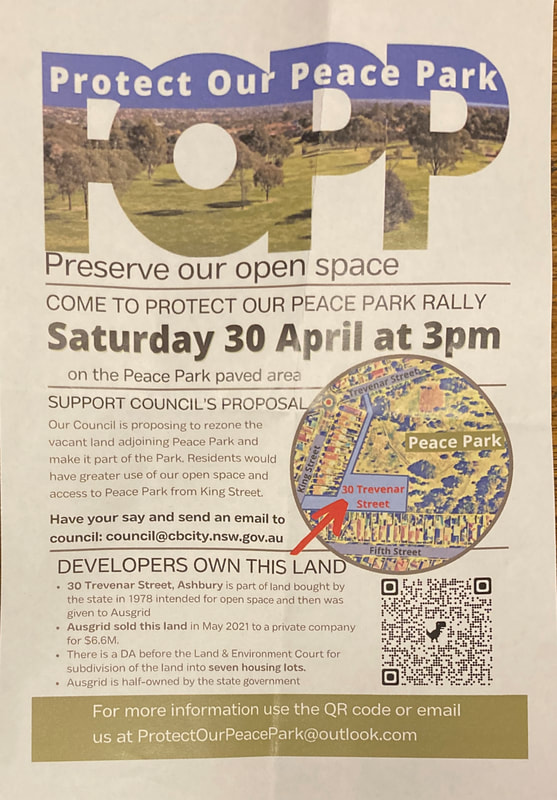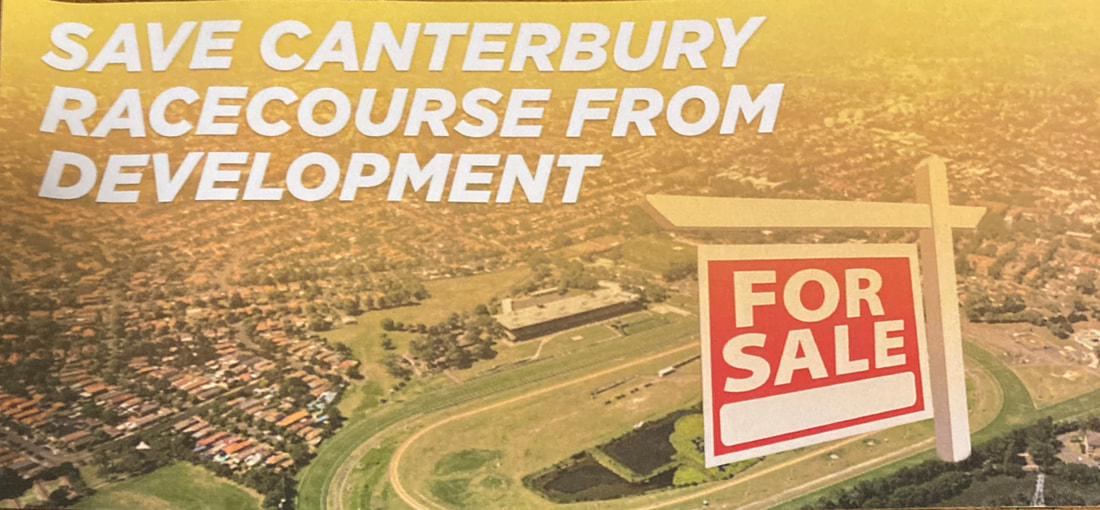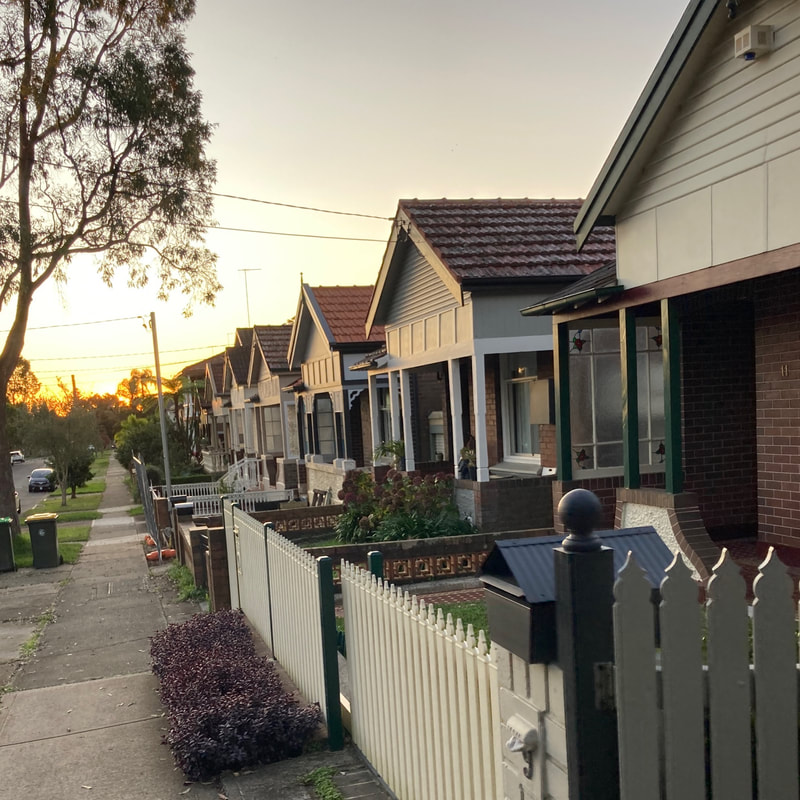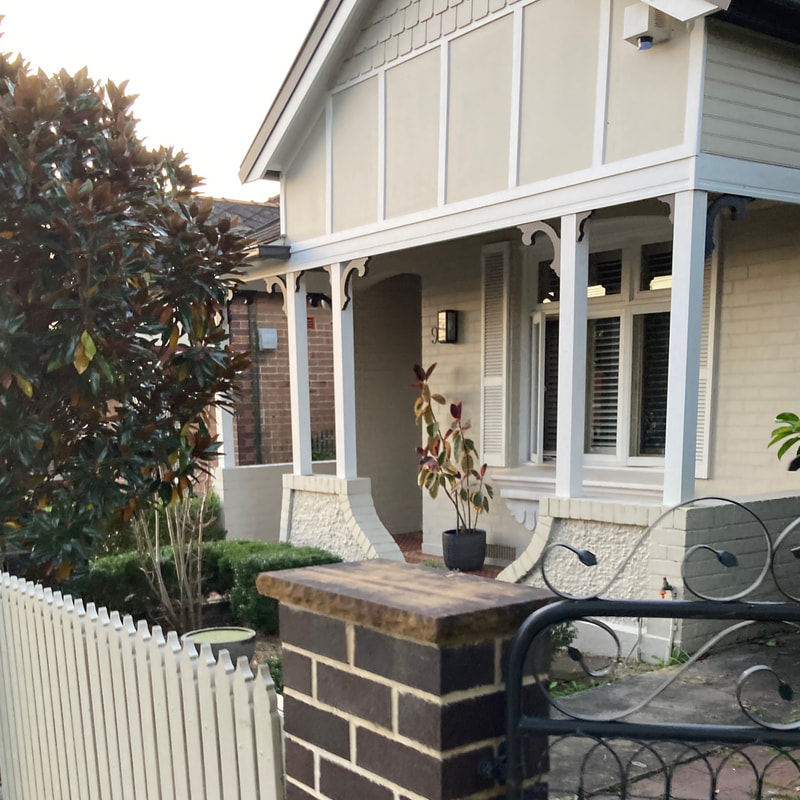|
Action Research is an inquiry process which examines a particular problem or issue, puts a series of actions in place and reflects upon the implementation of the action to determine success or failure.
Action Research allows us to engage current research, but is mostly focused on improving practice in our own local setting. According to DEC Action Research guidelines the process is made up of four main stages: planning, acting, observing and reflecting. Planning involves identifying an issue, examining similar projects and secondary sources, developing questions and methods. Acting involves trialing a change in practice, collecting evidence and adjusting the project if required. Observing involves analyzing the evidence, disseminating information and writing a report. Reflecting involves evaluating the process, implementing the findings and revisiting the process. While a formal action research project can be labour-intensive, and time consuming, most decision making and leadership of teams should incorporate most of these elements anyway, even if just informally. Running your action research project Planning:
Acting
Observing
Reflecting
Designing roles and tasks for your team. Explore the Professional Standards for Teachers. Use the standards to help you identify the tasks and roles for the group. Consider that while you may have some very experienced staff members on your team, there may also be beginning teachers, or those who are already overstretched. Create opportunities that cater for a range of staff. Choose a standard that is relevant to your leadership opportunity, and explore it at each level.
Explore the standards here: https://www.aitsl.edu.au/standards Use the standards and your responses to the questions above to plan out your team's activities over an extended period. Ensure that you provide opportunities for staff at different levels of the careers. Action Research is a great way to undertake whole school projects to improve outcomes for students while also providing opportunities to build teacher capacity and provide opportunities for staff to address the standard at various levels. You can read about some of the Action Research Projects I have been involved in here: BYOD .
0 Comments
I had decided with absolute certainty that I was leaving teaching and education all together. I was tired, deflated, done. Overburdened by the struggles with the system, the structures, the administration, trying to do everything with nothing, and the politics. Just done. I have been contemplating this for a while, but the idea was cemented in the past 6 months. However, this last week was a revelation. I found a purpose again. I'm writing this for the many teachers that I have spoken to that are tired, that are thinking of leaving the profession, that have had enough. Hold on.
The last few years have seen all of us pushed to the absolute edge of what we can achieve, of what we are willing to put up with, how much criticism we can take in the media, or how much support we can provide for our students (which is gladly given, but can sometimes be hard). Teachers are taking huge numbers of extra lessons to keep schools running. While this is amazing that they are willing to do this, each extra that a teacher takes results in further fatigue. Executive staff have spent all their energy trying to keep their schools safe and operational. On top of this, the general population has found this period difficult - managing acute health issues with stretched services, supporting friends and extended family through COVID, and for those in rural areas - floods, fires and plagues. Literally biblical stuff. The cumulative burden of managing the last few years has seen huge numbers of teachers leave the profession, and morale at an all time low. Finding your purpose This week I attended an event with teachers across the state that was really inspiring, helped me to reset my thinking and find my purpose again. So much of my energy and thinking has been stuck in the day-to-day - the activities, the admin, the operational stuff. Drudgery. There really is so much of it that it can be hard to step away and maintain a view on the bigger picture - to see the forest for the trees - the purpose. And without purpose it can be hard to maintain momentum. Strategic plans Your purpose can't be just anything. Have a look at your system strategic goals, (for DoE teachers it can be found here - DoE Strategic Plan) and your school plan as a starting point. If you're lucky there might be something that immediately jumps out at you. Passion Think about the things that matter to you - what do you care about? What do you most value? Is there any relationship between this and what is already happening in your school or region? Or is there a link between this and the school plan? Strengths What are your strengths and weaknesses? You can make a personal goal about improving yourself, but for actually finding a purpose, a reason for getting out of bed in the morning, it is probably easier to centre it around something you are already good at. Your purpose should involve applying what you are good at to bring about positive change for students and/or teachers. Timeframe I'm a pretty changeable person and for me I will usually have a purpose for a few years, achieve what I wanted and then do a reset. A purpose can be something long-term that will shape your career over a long period, or it can be something that is guiding you for a few years. If it is a short term goal, it might be better using this as a PDP goal for a year. In short, find a reason to love your job. We spend a lot of time at work. If you don't love it, or at least something about it, you won't be able to continually meet the demands and keep your head above water. Read more: Finding your purpose in Education The next thing is finding time to fulfil your purpose... Getting out of the weeds We are all leaders - whether you lead a faculty, a subject, an extra-curricular activity or a school. One conversation I had this week stuck with me regarding the idea of getting out of the weeds. I love a good garden metaphor, but I am always very sceptical of "business speak" and some elements of leadership theory making its way onto the educational landscape. However, this has some merit. My philosophy of leadership has always incorporated a strong element of service - not in the customer service sense, but rather in the sense of service to others - helping, supporting, and meeting responsibilities. Of course, I'm a believer in having a vision and driving things forward. I also understand that I need to know the staff and read their cues, and know when to ease on the brakes for a while - pulling the work back to keep people in the game long-term. The risk of pulling work back off people is that the workload becomes overwhelming and sometimes I end up with jobs that should be delegated. Getting out of the weeds basically means maintaining focus on the parts of the job that add value, reducing micromanaging, maintaining staff energy, and trusting and leveraging existing leadership in the faculty, team, school, etc. How can you do this as a teacher, faculty head teacher or team leader? - prioritise big-picture thinking to drive decisions - hold working meetings. Meetings where everyone sits around and listens to one person talk, or even where everyone is talking are often not productive at all. Set an agenda, and use meeting times to actually get something done. A quick meeting is a good meeting. - Lock in time on your calendar to do tasks. Prioritise the important items at the beginning of the week and leave the to do list for brain-dead time at the end of the week - Find something that inspires you and your team to keep the momentum going. - Find your tribe - surround yourself with people with a similar vision or purpose. 5 strategies leaders can use to stay out of the weeds Get out of the Weeds Peace Park development A community protest was held on 30 May 2022 to protest the development of a parcel of land adjacent to Peace Park. The event included guest speakers and was attended by local politicians. 30 Trevenar Street Ashbury is a rectangular parcel of land, of 6,688 sq metres located in the bottom south-west section of Peace Park. The parcel of land was originally owned by the state government, but was given to Ausgrid. When Ausgrid decided to sell the parcel of land Canterbury Council made recommendations that the land be rezoned to open space. The land is currently zoned R2 Residential, but both the former owners and real estate agent had been informed that the local council intended to rezone it to RE1 Public Recreation. The land was sold to a property developer. Click to view the Protect Our Peace Park website Canterbury racecourse redevelopment A number of community groups have emerged to communicate community concerns regarding the development of Canterbury Racecourse. These include: Canterbury Racecourse Action Group Canterbury Racecourse Action Group - submission to Parliament SydbankAlliance - The battle to save Canterbury Racecourse as open space Canterbury Park Racecourse - Jo Haylen MP Chubb and Tyres4U redevelopment
The Ashbury Community Group was formed in 2015 as a way for local residents to engage with council regarding the Chubb and Tyres4U site rezoning. The group conducted door knocking, hosted regular community meetings, met with council and disseminated information to the community. Click to view the Ashbury Community Group website. The following changes are currently taking place, or have been proposed or discussed in the past 12 months or so: - the development of the Canterbury Racecourse Masterplan - the moratorium on development of the racecourse has recently expired, the existing racecourse car park is likely to be decommissioned, - heritage restrictions of Ashbury are being reviewed, - the intersection of Milton street and Georges River road is being upgraded, - the Sydenham to Bankstown Urban Renewal Corridor is being developed. - substantial high-rise housing development along Canterbury road 1. Deindustrialisation and development - Chubb and Tyre4U A large area of land that was formerly light industrial on 149-163 Milton street Ashbury has been demolished and rezoned for six-storey apartments, The site was the former location of Chubb Security and Tyres4U. Read about the basic facts of the development here: Ashbury Community Group View the Planning Proposal here: Canterbury-Bankstown Planning Proposal 149-163 Milton St, Ashbury View how the site was advertised here: Prestigious Inner West development sites hit the market. 2. Sale of Sydney Water land and development Housing development has been proposed for a section of the land owned by Sydney Water as part of the Ashfield Reservoir. Access the Planning Proposal here: Canterbury-Bankstown Council Planning Proposals 165-169 Holden St, Ashbury Read the Heritage Impact statement here: Ashfield Reservoir Heritage Impact 3. Sale of Ausgrid land and development along fringe of Peace Park - 30 Trevenar st, Ashbury A strip of land previously owned by Ausgrid has recently been sold to a property developer. The land abuts Peace Park and has been open space for an extended period of time. Read about the Mayor's response to the sale of Ausgrid land Canterbury-Bankstown Council - Save Our Park Read about the sale of the site: Real Commercial - Sale of 30 Trevenar st, Ashbury 4. Proposed rezoning of Canterbury Racecourse carpark An application was made to have Area "6A" rezoned. This area of land is used as an overflow carpark when race meetings are on. The application for rezoning was later withdrawn, and it is likely to be considered as part of the Canterbury Racecourse Masterplan (see 5) a5. Canterbury Racecourse Masterplan Recent new indicates that Canterbury Racecourse is likely to be sold to make way for a large housing development. Sydney's Canterbury racecourse could be the city's next major apartment development. High-rise apartments on the cards for Canterbury racecourse. Australian Turf Club confirms plans to redevelop parcel of land at Canterbury Racecourse, but racing to continue. Canterbury racecourse rezoning a "one-off opportunity" turf club chairman says. The future of Canterbury Racecourse - Turfmate Mirvac wins right to develop Australian Turf Club's Canterbury Park racecourse land. Sydney's Canterbury racecourse could be the city's next major apartment development. "It's like a DMZ": Car park DA prompts development fears for Canterbury racecourse. Fears as developers eye-up Canterbury Park racecourse. High rise apartments on the cards for Canterbury Racecourse. ATC forms development partnership with Canterbury Park Sydenham to Bankstown Urban Renewal Corridor
LocationLocation: - inner west of Sydney - part of City of Canterbury-Bankstown Local Government Area - 10 km south-west of Sydney CBD CharacterThe suburb of Ashbury mostly developed from the 1870s to the 1840s. Over 200 items in this area are Heritage listed and most of the suburb, and part of Croydon Park are included in the Ashbury Heritage Conservation Area. It is thought that parts of Hurlstone Park will also be incorporated into the AHCA. An "item" could be a house, commercial site, factory, monument, etc. The suburb, including its streetscapes, layout and architecture is considered locally significant and was managed under a Canterbury Council Local Environment Plan No 138 (2012), but since the amalgamation for Canterbury and Bankstown Councils it is now covered under a more general Heritage Guide which is still in draft form.
Ashbury developed over time through the sale and development of different "estates". Some of these are: Queen Grove's Estate (1913), Wattle Hill (1914-1916), Goodlet Estate (1919-1925), Ashfield Heights Estate (1880 - 1920), Trevenar Estate (1922), Hill Top Estate (1924). |
Categories
All
Archives
May 2024
|



















